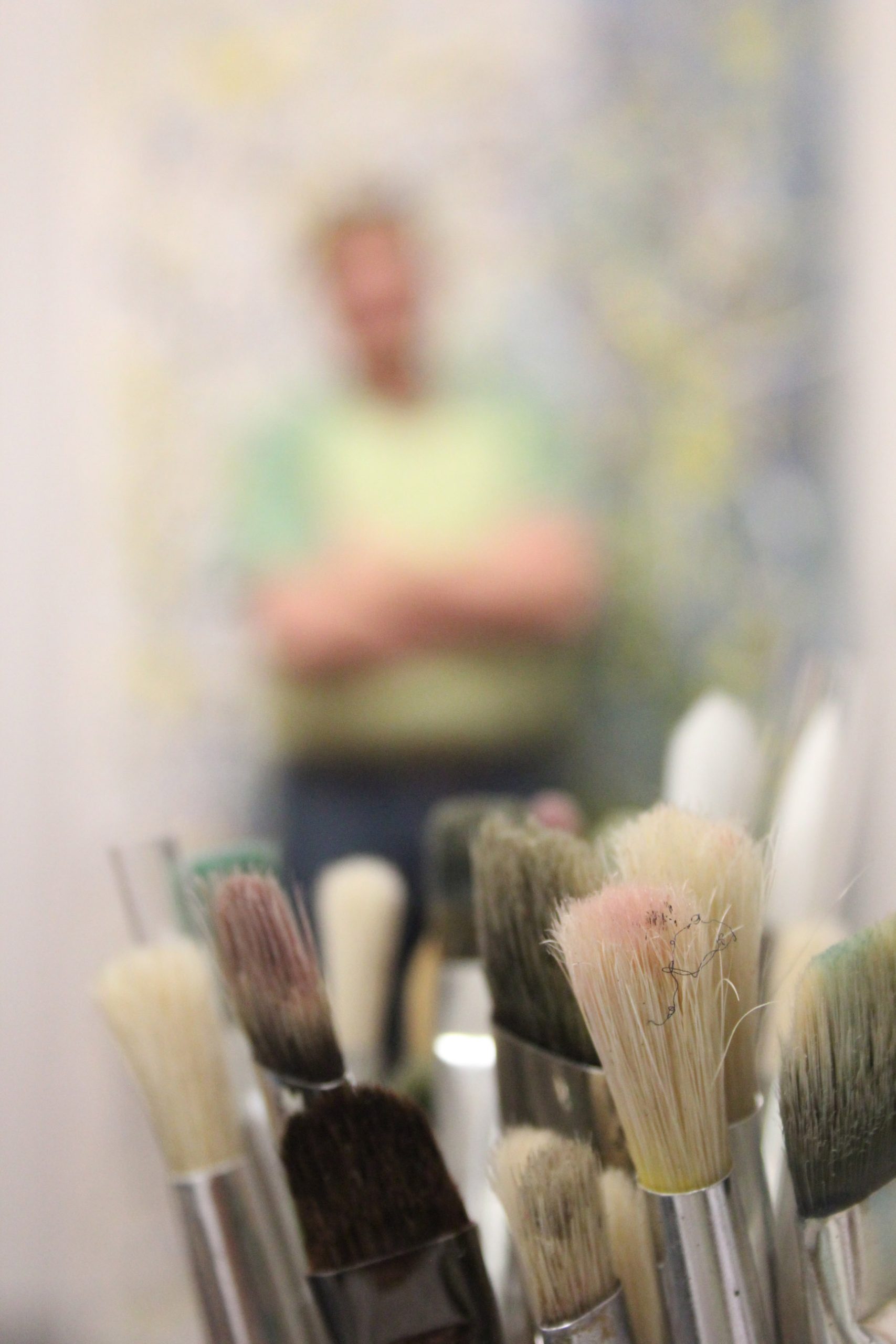8 Portraiture
Introduction to Portrait Photography

Portrait photography is a powerful way to capture the essence of a person, telling their story through images. It requires a combination of technical skills, creative vision, and people skills to create compelling and emotionally engaging portraits. In this chapter, we will explore how to use both natural and studio lighting to illuminate your subject, discuss essential lighting tools and configurations, and provide practical exercises to help you master portrait photography.

